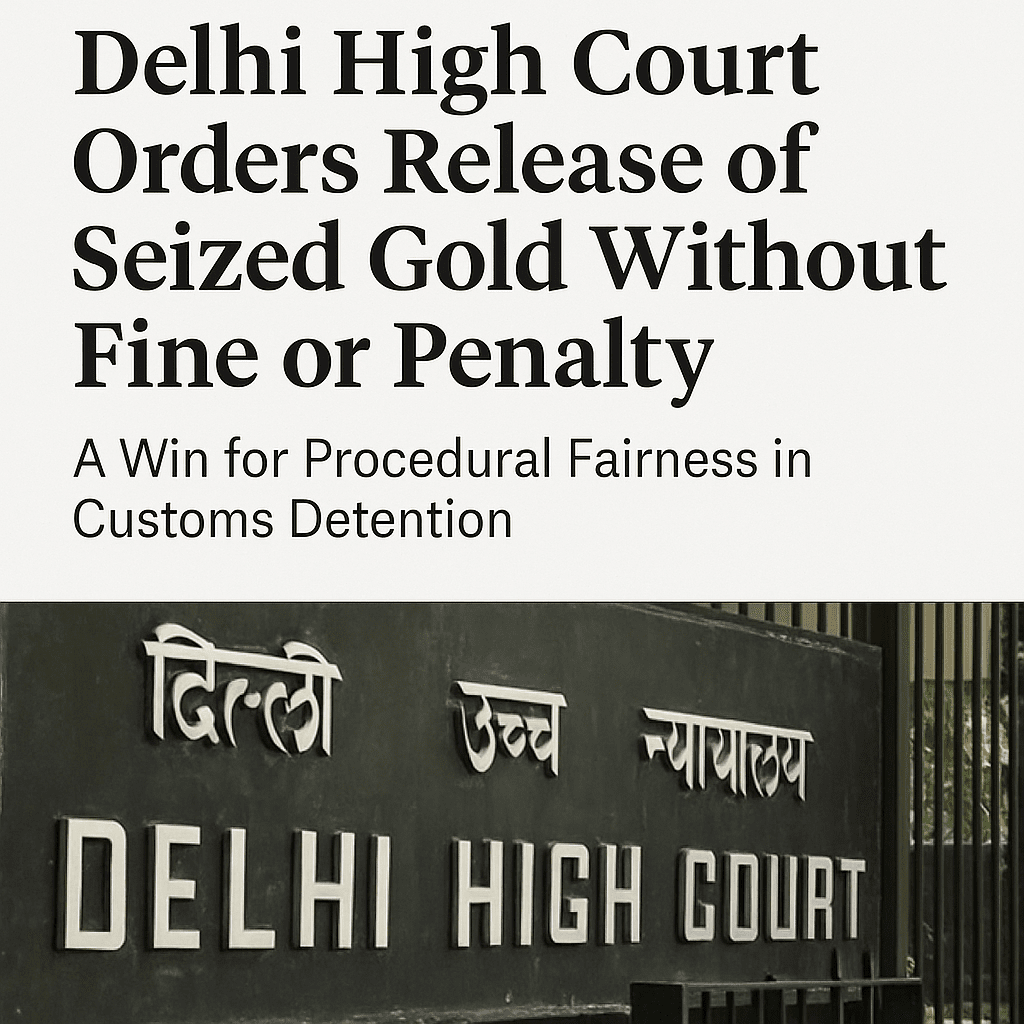Ownership – Definition, Concept and Kinds
INTRODUCTION
Ownership is an important right in relation to property. It is one of the basic concepts of jurisprudence law. As a concept of jurisprudence, there are various definitions given by different jurists. Ownership has an important place in both legal and social interests of society. Ownership appears in our legal system when we glance at the claims, privileges, powers and immunities with regard to the things we own.
For example– A who owns a car has the power to claim, privileges over it. It will be shown In this example that ownership is not such a conceptual concept that is only found in our books But it’s seen in our day-to-day activities. The concept of ownership appeared when Society changed from nomadic to agricultural.
Definition – The term ‘OWN’ literally means to have or hold a thing or to have something which belonging to you. A person who holds an object as his own is said to be the owner of the thing and has the right of ownership over it.
Basically, the Ownership is refers to the relationship between a person and an object. It consists of a bundle of rights and duties over a thing. These rights are in rem, that is, they can be enforced against the whole world and not just any specific persons.
For Example – If you have a car, you have the right to drive it, (provided you have a driving license) . The right to prevent others from using it, the right to sell it or to give it. Moreover the owner is also liable to execution for any debt or insolvency that you might have and so on.
Concept of ownership-
The ownership is widely demonstrated through the near approach of many modern definition and also the approach of ancient times. Before discussing the modern definition of ownership , we should also consider the definition given by the Ancient jurists.
There are two types of concepts –
- Indian concept of ownership
- Western concept of ownership
1. Indian concept of ownership- Ancient Indian jurists analyzed ownership and gave their theories about it.
Roman law :
• Ownership is a complex jurists concept that originated in ancient Roman law. In Roman law, ownership and possession were called ‘dominium‘ and ‘possessio’ respectively.
• dominium refers to the complete right over thing, while it has only physical control. He gave more importance to ownership because in his opinion it is more important to have absolute authority over something then to have physical control over it. While possessio implied only physical control over it.
English law
• According to Maitland , quoting Dr. Murrary the word owner was made in 1340 and of ownership in 1583. The concept of ownership in English law developed much later than possession. The earlier law valued possession over that misconception, which included possession as well as ownership.
• Holdsworth observed that English law accepted the concept of ownership as an complete and ultimate right through the gradual the development of authority. The concept of ownership involves many claims such as freedom, power and immunity in relation to the thing owned.
Hindu law –
• Manu and yajnavalka who knew ancient law,said that the possession of immovable for 20 years and movable for 10years gives the title prescription.
• Katyayana in vivadratnakara said about sale without ownership that –
Example– If a person has lost his chattel and then found in possession of someone else, he must first go through the testimony of that chattel and with other evidence have to prove ownership of that chattel.
• Brahma purana gives seven ways to acquire the title of any property. There is also said that the property obtained by partition or by inheritance or by royal grant is recognised as real property of someone.
2. Modern Western jurists – Ownership has been defined in different ways according to different western jurists which is as follows-
• According to Hibbert – ownership can be defined as the right of exclusive control and disposal of thing at will.
It mainly consists four kinds of rights which are following-
- Right to use a thing.
- Right to exclude others from using thing.
- Disposing of the thing
- Right to destroy it.
• According to Austin’s definition– ownership means a right which avails against everyone who is subject to the law conferring the right to put thing to user of indefinite nature.
According to Austin ownership has focused on three main characteristics of ownership namely –
- Indefinite user
- Unrestricted disposition
- Unlimited Duration.
Austin’s definition has been followed by Holland
• According to Holland – ownership is plenary control or complete control over a thing. He defines that the ownership has main three rights over a property which he owns-
• Possession
• Enjoyment
• Disposition.
Planetary control over an object defines absolute control or unrestricted by any law or fact . Thus, the criticism made against Austin’s definition would apply to that given by Holland as far as the I’m implication of the word absolute control is goes.
Critism of Austin’s definition –Austin’s view of ownership has been criticized on various grounds –
• It’s Pointed out that ownership is not a right but a bundle of right .It’s the aggregate or sum total of the right’s of user and enjoyment.
• Ownership is not merely a but also a relationship between the right owned and the person owning it.
• The idea of right of indefinite user is also attacked .Many limitation can be put upon the user .The owner must use his property in such a way as not to interferes the right of others.
According to salmond –
• The ownership in it’s most comprehensive significance, denotes the relation between a person and right that is vested in him. Salmond is definition is considered one of the most comprehensive because he has used the term Right instead of Things.
• Things are limited to objects whereas the right is much then that .It can go beyond those, which doesn’t have physical existence like copyright, trademark etc.
Criticism of Salmond’s definition – Salmond’s view of ownership has been criticized by many authors-
• According to Diguit – ownership is a relationship between a person and thing over which is permitted, on account of his relationship, complete disposal, use and enjoyment. It’s thing not a right. Thus , A person may own the copyright or right to way . In this sense he owns a right not merely the material object.
• According to cook –There are many rights which a person has posses and to use the term owner to Express relationships between a person and a right is to introduce necessary confusion.
• According to Kocourek – ownership is relation between owner and right to a thing which can be economically enjoyed. It’s Matter of legal protection.
Essentials of ownership– An analysing of the concept of ownership. It would show that it has the following essentials of ownership-
1) Indefinite point of user – this implies that the owner of object is free to use or even misuses the object in the manner he likes. The use of the term indefinite holds a special significance because the land may be restricted by agreement or by the operation of the law .
These restrictions may includes–
• The owner of a thing can’t be allowed to use the thing in a manner that is injurous to others . It’s expressed by Maxim -sic utere tuo ,at alie -num non which means – so use your property as not to injure your neighbours.
• The ownership may be subject to encumbrance in favour of others in which case the power of the user of owner is curtailed by the right of the encumbrance.
• The State officials have the right to enter their premises in pursuance of a court-issued warrant for any lawful purpose
Case law – Crowhurst v. Amersham Burial board (1878 LR 4 Ex D 5)
Facts – The defendant planted a small tree on his property, although these trees were planted very close to the claimant’s own property. Over time , the trees grew and eventually the branches grew to such an extent that they reached the fence separating the two properties . During this the leaves of the tree were able to fall on the claimant’s property where his horse was able to eat them and eventually died.
Judgment– The court held that the defendant burial board is responsible for damages to the extent of price of horse which died on account of eating a portion of a tree planted by the burial board on it’s own land. The owner has no right to use his property in a way which is harmful to others.)
2 .Unrestricted point of disposition – The right of disposition defines the right to alteration, destruction or alienation of property. The owner has right to dispose of the property as per his choice.
3.Right to possess – The owner has the right to possess of his property. Hence, this property is hired, pawned ,leased etc. The owner has interest and his right in the property continues, even though he may or may not physically in possession.
4 Right to use – The owner has the right to use and enjoy his property. In the word use refers to the owner’s personal use and enjoyment of the thing which his owned.
5. Residual character– The owner can participate with many rights regarding his ownership. It doesn’t take away ownership from it.
6 . Right to destroy or alienate – An owner has the right to destroy or alienate his property which he owns .
7 .Duration– There is no duration for ownership. In cases of lease , bailment, pledge and mortgage etc . Of property. The duration is for a fixed period. But in ownership has no such condition. By death of owner the property goes to his heirs.
Characteristic of ownership-
• Ownership has the right to exclude others.
• Ownership provides the power to alienate a thing or property intervivos or a charged security. There is limited power of different laws specially by family laws to ensure complete power over such property,
• Ownership gives the right to a person to leave such property etc.
• The right of ownership can be exercised under certain conditions inflict by various laws.
Example– The insane minor cannot use his right of ownership.
• A owner can destroy their property and can expulsion as he likes such power is subject to –
1 The law of nuisance
2 State control
3 Agreement between owner and other
• The ownership can be divided in 2 parts on the basic of classification –
1 Absolute
2 Restricted
• The ownership can be divided in 2 parts on the basic of limitation –
1 Voluntarily
2 Compulsory
• The right of ownership may be cut or restricted during a war or emergency, if any land or property is required for the use of the military during the war, it may be acquired by the government.
• The right of ownership is protected by the state, it can be exercised in such a way that the right of the other person cannot be disturbed or violate your right over the property
• . The subject of ownership can be everything except natural air, light and heat.
Types of ownership-
Types of ownership-
Different types of ownership can be classified under the following heads.
1.Corporeal and Incorporeal ownership–
• Corporeal ownership refers to the absolute ownership of physical or material goods whereas Incorporeal ownership refers to the ownership of a right .
For example– corporeal ownership includes ownership of house, table, car ,machinery etc. Whereas Incorporeal ownership includes ownership of trademarks, copyright ,patents, goodwill and right to way etc.
• The corporeal ownership is the ownership of actual things but Incorporeal ownership is not ownership of a thing, but ownership in a right related to thing.
For example- If A own piece of land ,that is corporeal ownership, But if A own a right of way on that piece of land ,that is Incorporeal ownership.
• The difference between corporeal and Incorporeal ownership is connected with the difference between corporeal and Incorporeal thing. corporeal ownership is described as ownership over tangible things . Tangible things refers to the thing which we can see ,touch and also felt by the senses. Incorporeal ownership includes the ownership over the intellectual object and encumbrances.
- Sole and co- ownership –
• When ownership is vested in a single person it’s known as sole ownership whereas the right is jointly vested in more than one person at the same time .it’s known as co-ownership.
For example-
A person owns a house. In this instance, the ownership is in the hands of only one person. So, it’s sole ownership.
2 . Business Partnership between three partners. Partner A, partner B and partner C . In this example, the ownership lies between
3 partners. These three members of the partnership firm are co-owners of the partnership property.
Under Indian law, the co-owner has three essential rights, namely –
I. Right to possession
II. Right to enjoy the property
III. Right to dispose.
• Co-ownership can be classified in two parts –
I. ownership in common.
II. Joint ownership.
In ownership in common – ownership usually consists of two or more persons who hold the land in such a way that they have an undivided possession, each of which has the right to occupy the whole in common with others.
Joint ownership– in case of joint ownership, on the death of any joint owner , the ownership dies with him and co-owner survives by virtue of survivorship.
3. Trust and beneficial ownership-
• Trust ownership is an example of duplicate ownership. Trust property is one that is owned by two individuals at the same time. The relationship between the two owners is such that one of them is under an obligation to use their ownership for the benefit of the others. The former is called a trustee and is owned by the trust. The latter is called the beneficiary and its ownership is called beneficial ownership.
• A trustee is actually nominal and not genuine, although in the eyes of law he represents his beneficiary. He is only someone to whom someone else’s property is granted by law. Between the trustee and the beneficiary, the property belongs to the beneficiary, not the trustee.
• Illustration– If property is given to A on trust for B . A ,would be the trustee and B would be beneficiary. A would be legal owner of the property and Y would be the beneficiary owner. A is under an obligation to use the property only for the benefit of
Legal and equitable ownership-
• Legal ownership refers to ownership as recognized by the rules of a legal system, whereas equitable ownership refers to ownership recognized by the rules of equity.
• It is a legal claim or title to property . Therefore, a person having legal ownership over the property can transfer the ownership to another party.
Example:1 A lender who has lent money for a property is the legal owner of that property.
• Legal ownership is a right in rem while equitable ownership is the right in personam ,the Individual as it acts in equity. One person can be the legal owner of something and the other can be the equal owner of the some thing at the same time.
Example:2 when a debt is verbally assigned by X to Y ,X remain the legal owner of it .but Y becomes its equitable owner. There is only one debt as before Though it has now two owners at the same time.
- Absolutely and limited ownership–
• Absolutely ownership is one in which the owner is vested with all rights with regards to the property which he owns. Such rights are absolute .It should be noted that the absolute use of the property implies general use of property that means property can only be used in a lawful manner and for lawful purposes only. Absolute ownership is an independent transferable and inheritable property that a person can hold as his actual right .
Example– Mortgage of some property by its owner.
• When there are limitations imposed upon the ownership right with regards to his property, the property is known as limited ownership. Limited ownership is the ownership that is not absolute or perfect. Where the owner enjoys the right to use and enjoy the property for a limited period of time as long as some other person is alive.
Example– The concept of the principle of life under English law is classic example of limited ownership. Hindu law also recognizes limited ownership. When Hindu widow is made the owner of her husband’s property , as long aa the survives, after which the property will go to the legal heirs. The widow’s ownership is a limited ownership.
6 . Vested and contingent ownership–
• Vested ownership defines that when the title of owner is already perfect. It is occurrence of an event , which is certain. According to law it’s complete and absolute ownership over the property.
• The term contingency means the happening or non- happening of an uncertain future event. The contingent ownership is solely dependent upon the fulfilment of future conditions. The ownership is not acquired unless the condition is fulfilled. In this the person doesn’t have full claim over the property , But can make claim upon the fulfilment of certain conditions.
• These conditions are of two types namely- condition precedent and condition subsequent. Condition precedent is where on the fulfillment of it the title is completed .condition subsequent is whenever on the fulfilment of it the title already completed is extinguished.
Example –
- If A sells his house to B for the price fixed after completing all the formalities, which is prescribed by law like reregistration etc. Then B becomes a vested owner of house. Vested ownership doesn’t depend on fulfilment of any conditions.
- Two people sharing ownership of a property, if one dies then the other gets the benefit of vested ownership of the property
- There is a promissory note in favour of x , x transfer the same to Y on the condition that he marries the daughter of z .when Y marries the daughter of Z .The right becomes the vested right and his ownership vested ownership, however, before marriage the right is contingent.
Case laws – Sashi kantha V. Promode Chandra Roy and Ors .
(AIR 1932 Cal 600)
• The Calcutta high court has pointed out the difference between vested and contingent interest over the property.
• In this case , it was held that In the vested ownership there is the immediate right of present enjoyment or present presented future enjoyment but if the right of enjoyment is made to depend upon some event or conditions, which may or may not happen, then it’s contingent ownership between its depend on any conditions.
Conclusion: In a conclusion we can say that –
- Ownership is a legal concept which defines the relationship between a person who is called owner ,and a thing that the owner owns and can exercise c
- It can be the absolute and supreme right that can be exercised over anything.
- It contains a right of the owner to exclude others.
- It is a right which includes rights, claims and privileges etc. over the property.
- It does not mean a absolute right or unlimited right over the property. It’s restricted or limited by law.
- It is relation to something which can corporate or incorporated.
- The Indian and western concept of ownership have also distinguished on certain points. The essential features of ownership have also emphasized. This ownership is recognised in most legal system .The various type of ownership have also stated and defined for better appreciation of the concept of ownership.
References:
- ‘Salmond on jurisprudence’ 12th Editions (Book)
- ‘Holland of jurisprudence’
- www.ipleaders.com
- www.indiankanoon.org
- www.lawnotes.in
- www.srdlawnotes.com
Also Read:
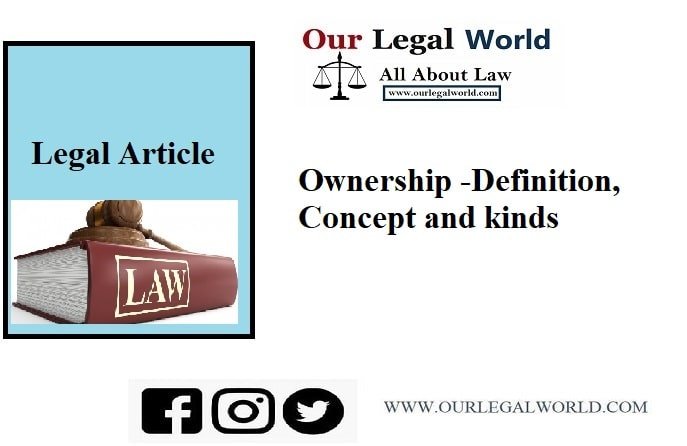

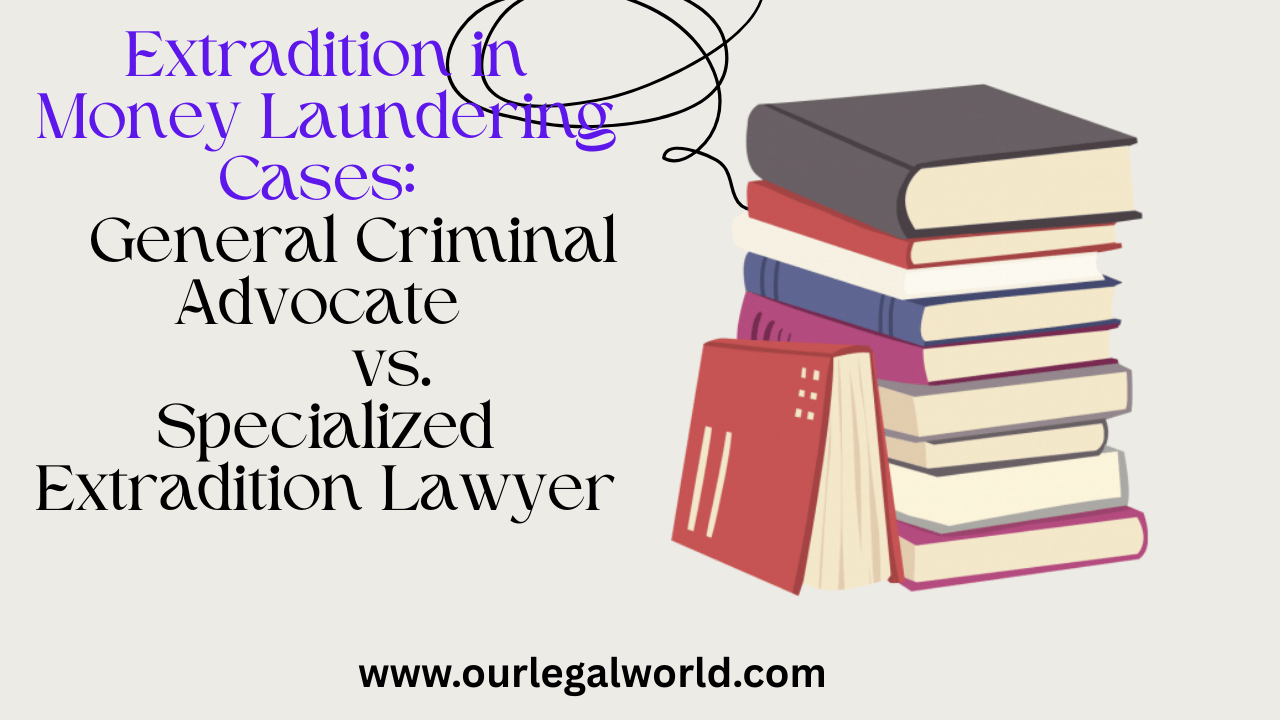
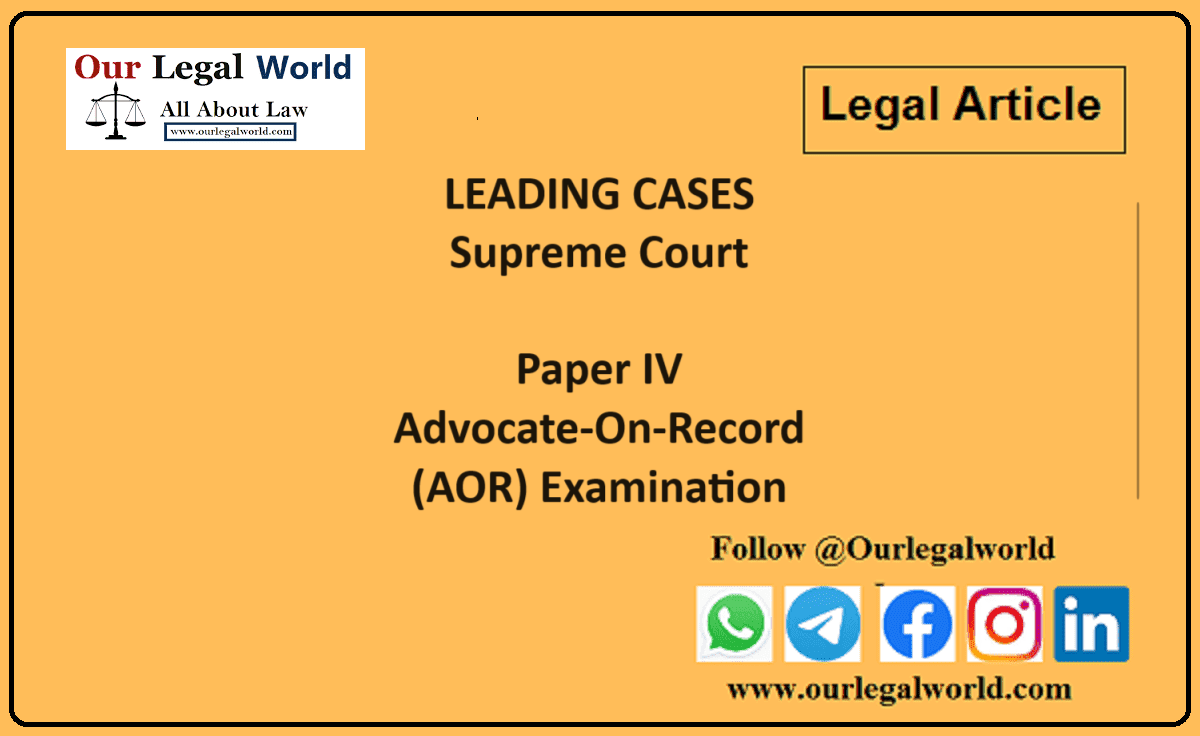

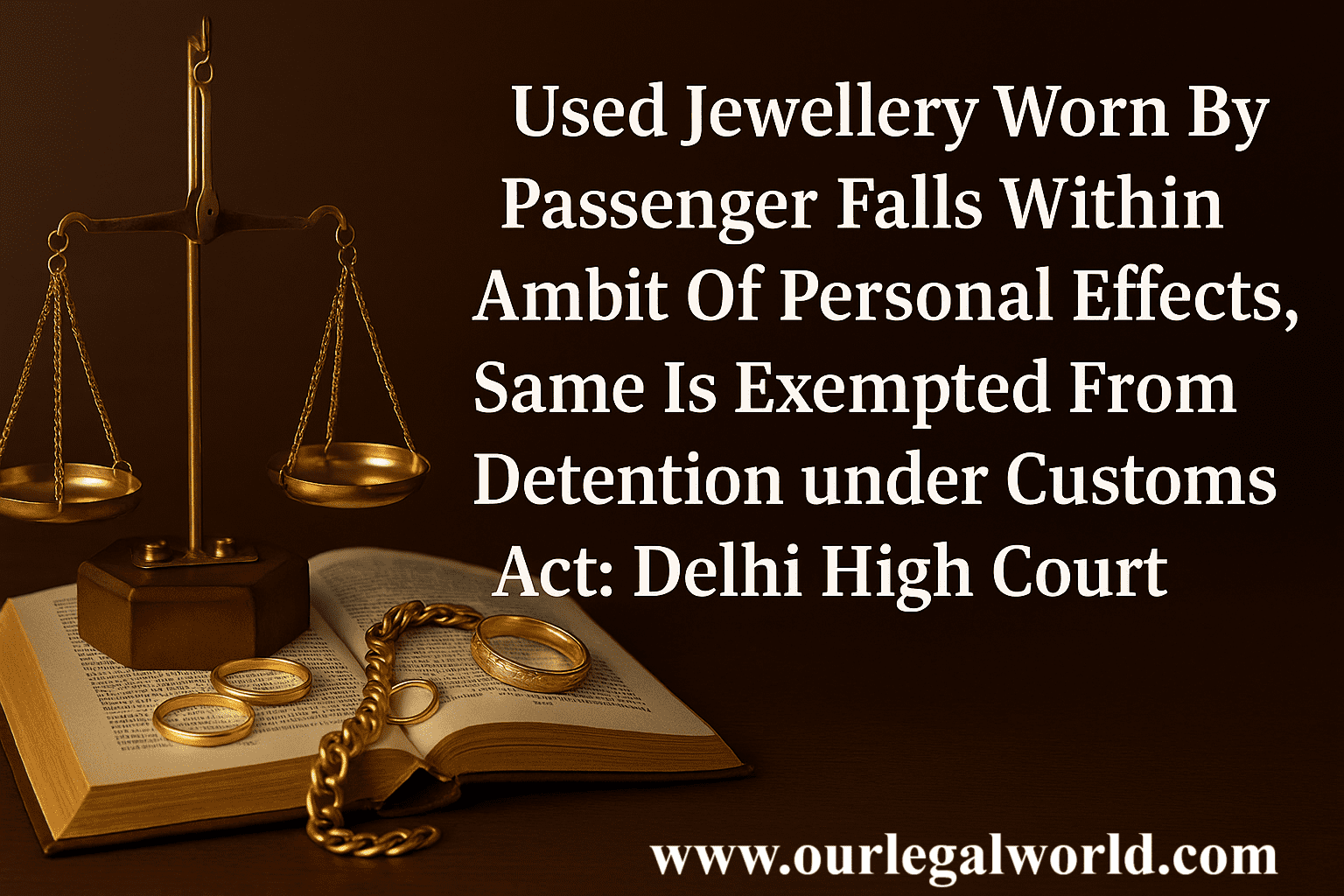
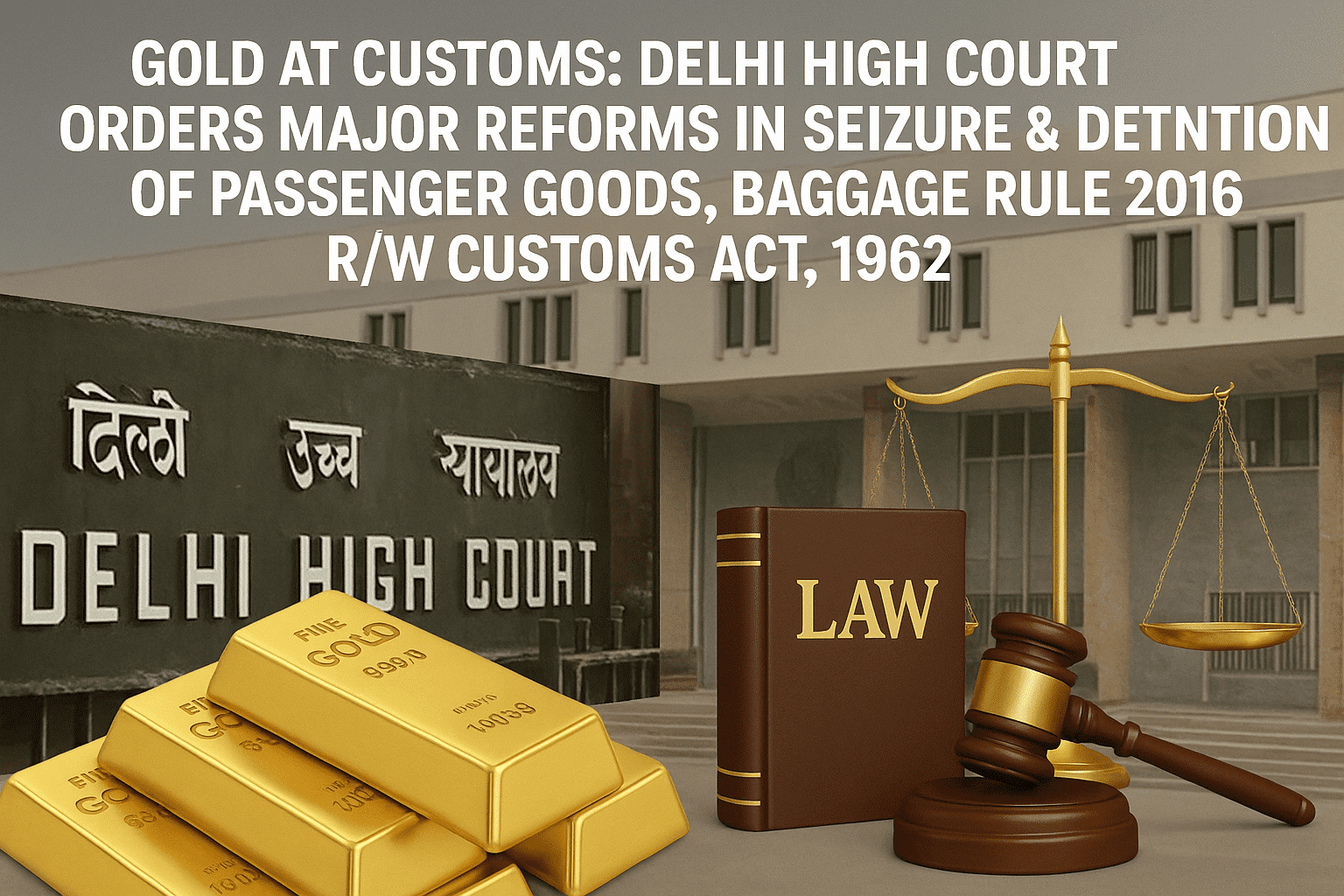
![Tax Law Internship at Legum Attorney [Chamber of Ashish Panday], Delhi : Apply by 15th May 2025](https://www.ourlegalworld.com/wp-content/uploads/2025/05/IMG_0113-min.png)
